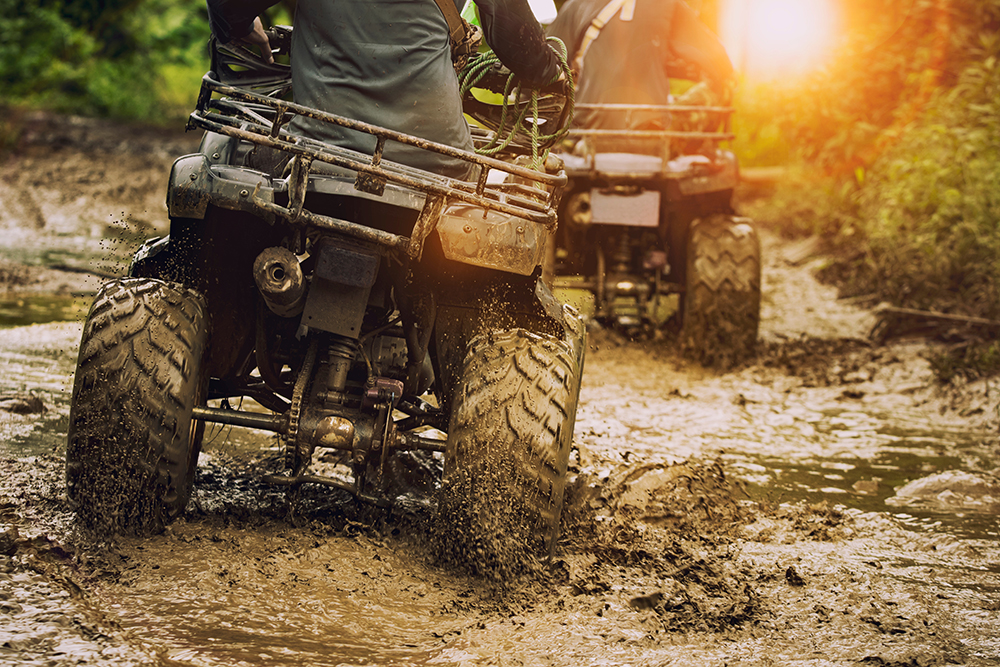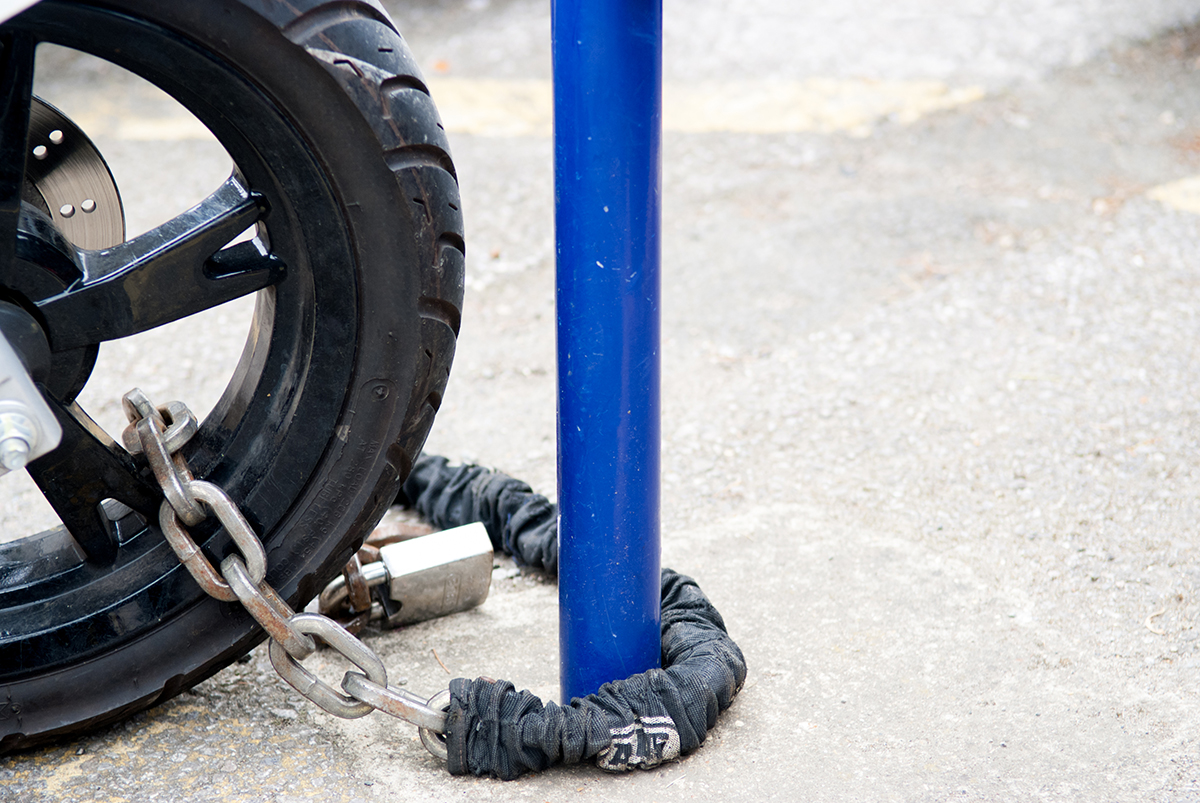Off-roading is a pulse-pounding thrill ride that provides hours of excitement and entertainment.
Winding through trails, carving around turns, and crawling over rocks on your 4×4 or dirtbike is the perfect activity for the adrenaline junkie.
But all this high-octane fun isn’t without its fair share of safety risks.
Off-roading can quickly turn dangerous, even for the most experienced riders. Vehicle breakdowns, treacherous terrain, and accidents can lead to emergencies that may leave you stranded, injured, or both.
So, before you head out on your next adventure, learn these seven off-roading tips to ensure you and your riding partners’ safety.
1. Share Your Plans With Someone You Trust
Whether you’re running a short trail or going on a full-day adventure, the first thing to do is ensure that someone has your back in case something goes wrong.
Always let a friend or loved one know where you’re going, who you’re going with, and when you think you’ll be back.
Cell service can be spotty in the wild, and accidents can happen even on the most forgiving terrain.
Having this contingency plan in place will guarantee that if, for whatever reason, you’re unable to resolve the emergency yourself, you’ll have a safety net to fall back on.
2. Stick to Established Trails Whenever Possible
The term off-roading implies wheeling through uncharted territory, blazing a trail of your own along the way.
But making your own path comes with a much higher risk of running into unexpected terrain, which can leave you stuck or in a dangerous accident. Not to mention, going off the trail can damage the environment around you.
Even frequently used paths can prove difficult to travel through. Someone may have rode up a steep hill or through a seemingly shallow puddle before you, but they may have had a better, more powerful vehicle.
That’s why our second off-roading tip involves ignoring Robert Frost’s famous advice to take the road less traveled by and sticking to the trails as often as possible.
3. If Possible, Don’t Leave Without a Second Vehicle
Whether it’s vehicle trouble, an unexpected detour into a ditch, or a deceptively deep puddle of mud, there’s no shortage of off-roading mishaps that can leave you stranded.
That’s why it’s best to employ the buddy system and bring someone along with you who has a vehicle of their own.
If you end up stuck, they can help you recover and get back on the trail. Or, if you’re unable to fix your vehicle, they can drive you back to safety and help you avoid a long, exhausting walk.
4. Tightly Secure Your Gear
Our next off-roading tip is all about ensuring that if your vehicle turns on its side or rolls over, your gear won’t fly off and get lost or turn into a hazardous projectile.
When prepping for a trip, make a point to firmly secure your gear (i.e., high-lift straps, toolkit, air pump, tire plugs, emergency supplies, etc.) to your vehicle, and double-check again before you set off just to be safe.
5. Listen to Your Body
Off-roading is a taxing activity that constantly challenges your balance, strength, endurance, and hand-eye coordination.
Especially during longer rides, it can quickly become exhausting.
To avoid pushing yourself too far, always listen to what your body tells you. If you’re feeling physically weak, tired, or mentally drained, don’t be afraid to take a break.
Literally and figuratively letting up on the gas will give you time to drink some water, have a snack, and collect yourself before you continue.
And, of course, if you feel like you can’t go on, you can let your riding partner take over or call for someone to come pick you up.
6. Bring Emergency Supplies
Perhaps the most crucial off-roading tip on this list is to have the proper emergency equipment on board for every ride — no matter how short.
This includes supplies for your vehicle:
- A hand winch
- A high-lift jack and straps
- A toolkit…
As well as essential gear to survive in the wilderness until help arrives:
- Water
- Food
- A first-aid kit
- An extra pair or two of clothes
- A sleeping bag
- A small one-person tent (if space allows)
- A flashlight and batteries
7. Protect Yourself on the Trail 24/7 With the GPS-Enabled Rescu App
Time is even more precious in off-roading emergencies than in those that occur in residential or public places.
Since these situations typically happen in secluded areas, it can take first responders much longer to locate, reach, and provide aid to victims.
The current 911 system requires you to stay on the phone with a dispatcher and answer questions about where you are and what type of emergency you’re experiencing — all before sending help.
And even then, the best their technology can do is triangulate your location within 300 yards. In a life-threatening situation, this less-than-accurate information can mean the difference between life and death.
Plus, describing where you are in a densely wooded or mountainous area can be challenging, especially if you’re injured and under extreme stress.
But with the GPS-enabled Rescu app, you can dispatch the nearest emergency response team to your exact location with just two taps on your smartphone.
No questions asked. No talking required.
Rescu’s state-of-the-art GPS technology can determine your location anywhere in the United States, ensuring you’ll get the help you need if a trail ride goes wrong.
The app also stores your personal information, relevant medical history, and emergency contacts. When you send an alert, it relays this info to your first response team and notifies all emergency contacts automatically.
With Rescu, you’ll have the fastest way to get help in an emergency in the passenger seat at all times.
Get started today and give yourself the gift of peace of mind on the trail.





